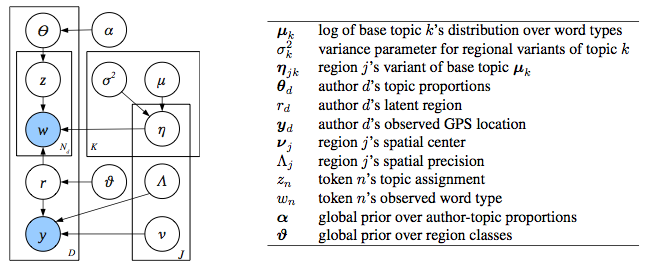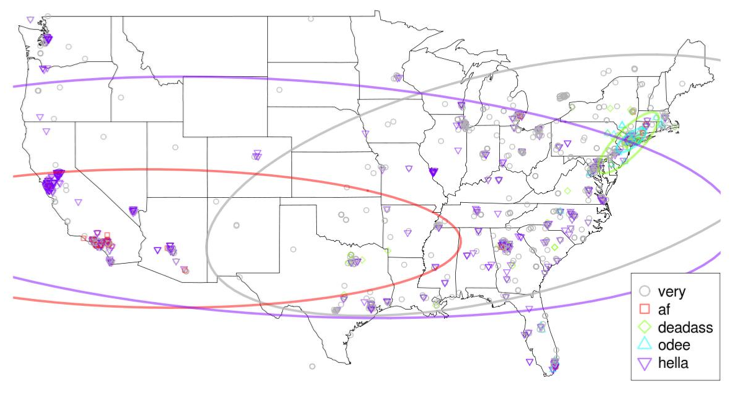The Biological Origin of Linguistic Diversity:
From some of the minds that brought you Chater et al. (2009) comes a new and exciting paper in PlosONE.
Chater et al. (2009) used a computational model to show that biological adaptations for language are impossible because language changes too rapidly through cultural evolution for natural selection to be able to act.
This new paper, Baronchelli et al. (2012), uses similar models to first argue that if language changes quickly then “neutral genes” are selected for because biological evolution cannot act upon linguistic features when they are too much of a “moving target”. Secondly they show that if language changes slowly in order to facilitate coding of linguistic features in the genome, then two isolated subpopulations who originally spoke the same language will diverge biologically through genetic assimilation after they linguistically diverge, which they inevitably will.
The paper argues that because we can observe so much diversity in the world’s languages, but yet children can acquire any language they are immersed in, only the model which supports the selection of “neutral genes” is plausible. Because of this, a hypothesis in which domain general cognitive abilities facilitate language rather than a hypothesis for a biologically specified, special-purpose language system is much more plausible.
A Prometheus scenario:
Baronchelli et al. (2012) use the results of their models to argue against what they call a “Prometheus” scenario. This is a scenario in which “a single mutation (or very few) gave rise to the language faculty in an early human ancestor, whose descendants then dispersed across the globe.”
I wonder if “prometheus” scenario an established term in this context because I can’t find much by googling it. It seems an odd term to use given that Prometheus was the titan who “stole” fire and other cultural tools from the Gods to be used by humans. Since Prometheus was a Titan, he couldn’t pass his genes on to humans, and rather the beginning and proliferation of fire and civilization happened through a process of learning and cultural transmission. I know this is just meant to be an analogy and presumably the promethian aspect of it is alluding to it suddenly happening, but I can’t help but feel that the term “Prometheus scenario” should be given to the hypothesis that language is the result of cultual evolution acting upon domain general processes, rather than one which supports a genetically-defined language faculty in early humans.
References.
Baronchelli A, Chater N, Pastor-Satorras R, & Christiansen MH (2012). The biological origin of linguistic diversity. PloS one, 7 (10) PMID: 23118922
Chater, N., Reali, F., & Christiansen, M. H. (2009). Restrictions on biological adaptation in language evolution. Proceedings of the National Academy of Sciences, 106(4), 1015- 1020.



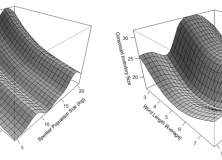
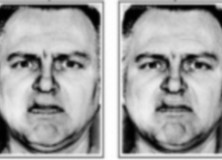
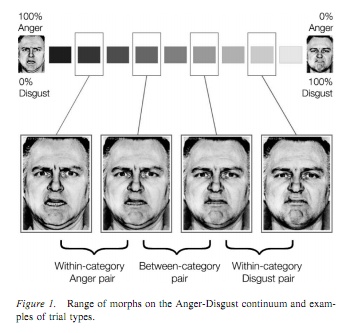

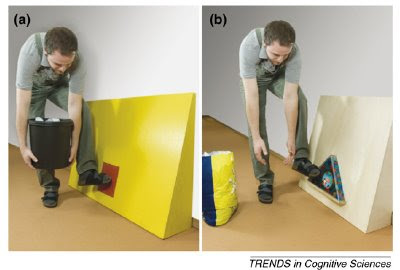
 A
A 